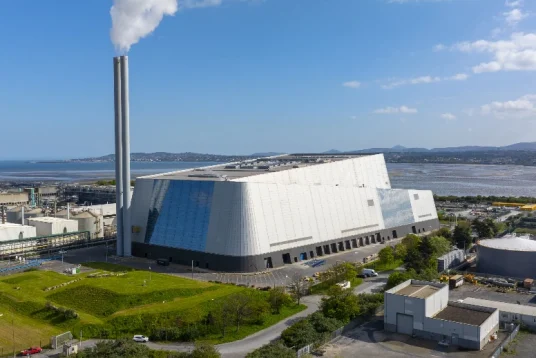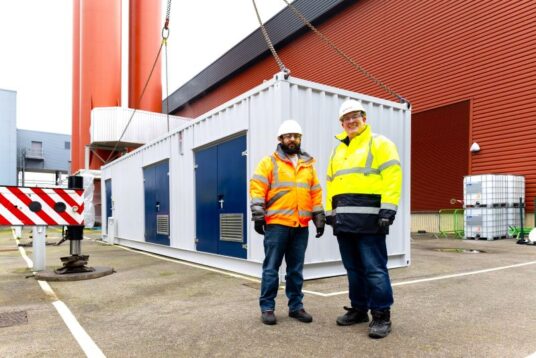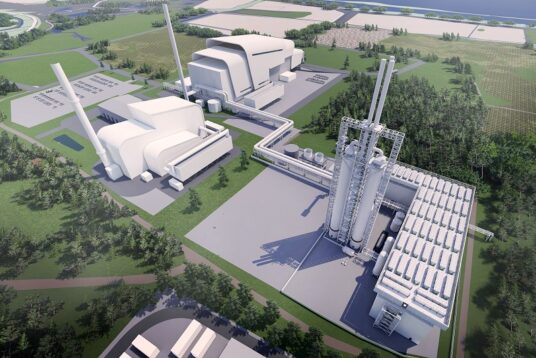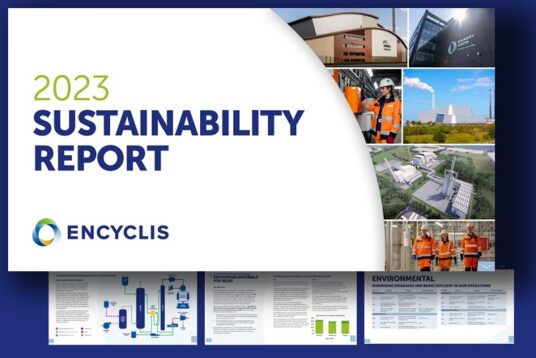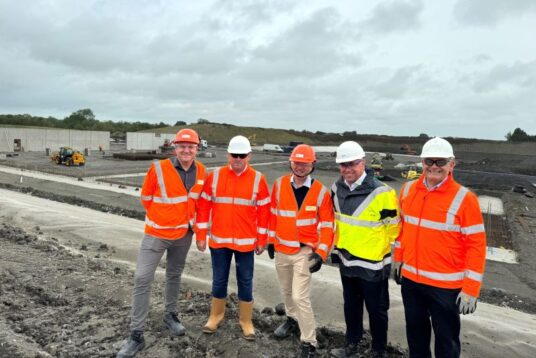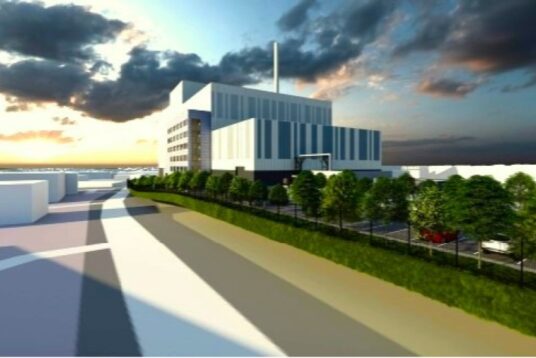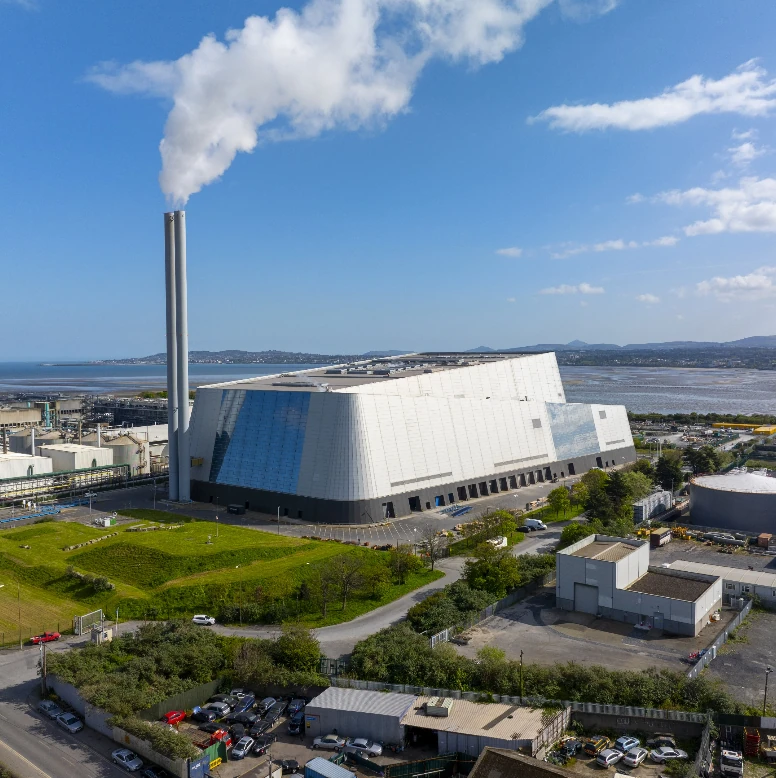
What is Energy-from-Waste?
Energy-from-Waste (EfW), also known as waste-to-energy, is a process that converts non-recyclable waste into usable resources through combustion.
This process provides a crucial public sanitation service by managing commercial and domestic waste that would otherwise be sent to landfill and other sites.
By recovering energy and materials from what is typically considered “black bag” waste, Energy-from-Waste supports the transition toward a circular economy. The waste is transformed into electricity, heat, metals, and secondary aggregates, all of which contribute to reducing the need for virgin resources, promoting sustainability.
You could call it bin bag to lightbulb
Energy-from-Waste makes a fundamental contribution to our national waste management infrastructure.
It fulfils an important role within the established waste hierarchy – a principle that prioritises the reduction, reuse and recycling of waste but discourages disposal.
After reduction, reuse and recycling comes recovery. Energy-from-Waste prevents remaining waste from being wasted by recovering resources.
How does energy-from-waste work?
The process of Energy-from-Waste takes place in specialised facilities known as energy recovery plants.
Here’s how it works:
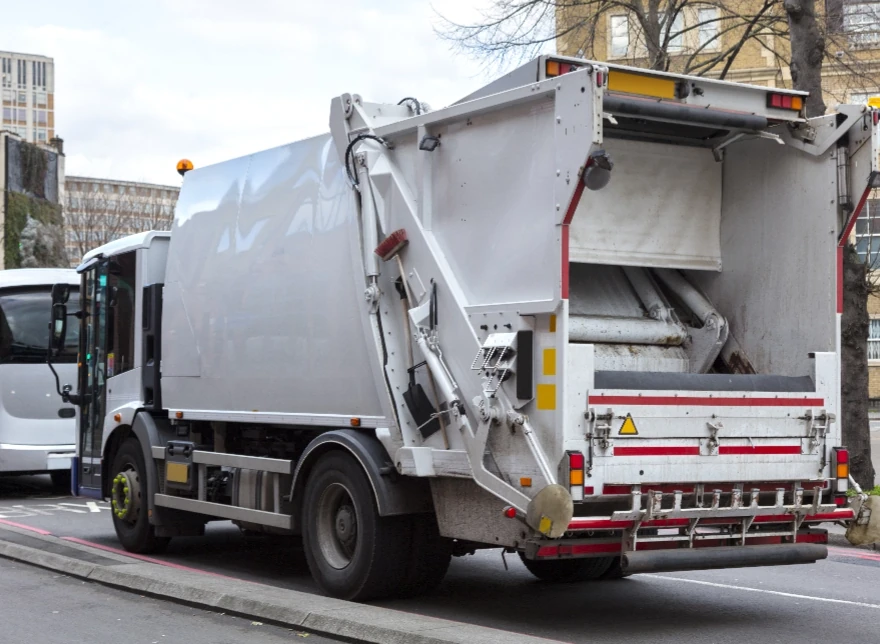
Waste collection and delivery
Residual, non-recyclable waste from homes, businesses, and other establishments is collected by local authorities or waste collection services. This waste is transported to energy recovery plants.

Waste processing
Upon arrival, the waste is weighed and then dropped into large waste bunkers. A crane lifts the waste from these bunkers into hoppers, which feed it into the plant’s combustion chambers.
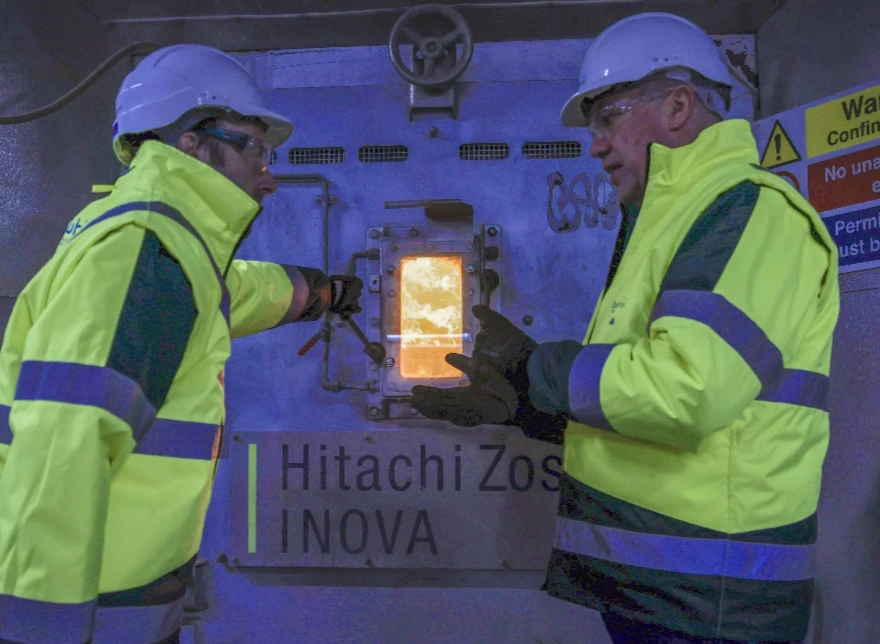
Combustion
The waste is burned at temperatures exceeding 850°C in the combustion chambers. This intense heat is used to boil water in steel tubes embedded within the chamber walls. The heated water turns into superheated steam, which is then channelled to a steam turbine.

Electricity generation
The steam drives the turbine, generating electricity that is fed into the national grid for distribution.
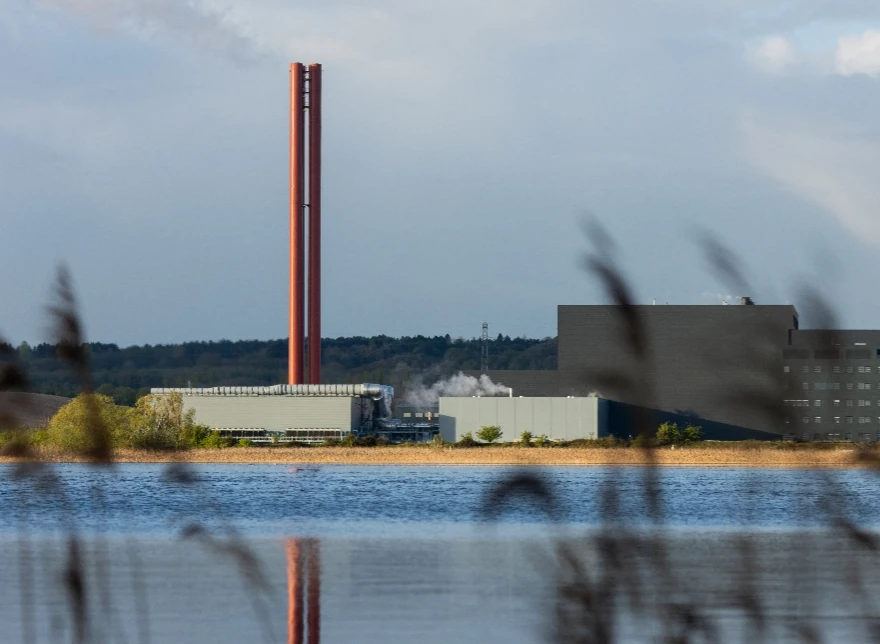
Air filtration
To ensure minimal environmental impact, the gases produced during combustion are filtered and cleaned before being released into the atmosphere through tall flue stacks as vapour.
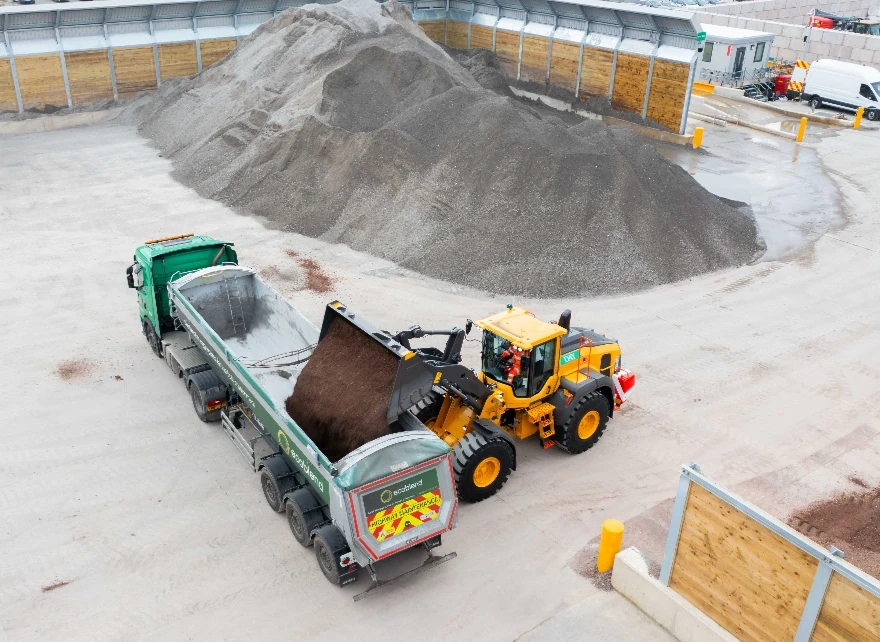
Ash management
The combustion process reduces the waste to about 20% of its original volume, forming inert ash. This ash is collected and taken to specialised facilities where valuable metals are extracted and recycled. The remaining ash is processed into secondary aggregates, which can be used in construction, reducing the need for mining new materials.
Throughout the entire process, Energy-from-Waste is managed by skilled teams using the latest technology and adhering to strict environmental regulations. This ensures the process operates efficiently, safely, and sustainably.
The Energy-from-Waste process
What is the purpose of Energy-from-Waste
The Energy-from-Waste process serves several critical functions within modern waste management systems.
Its key purposes include:
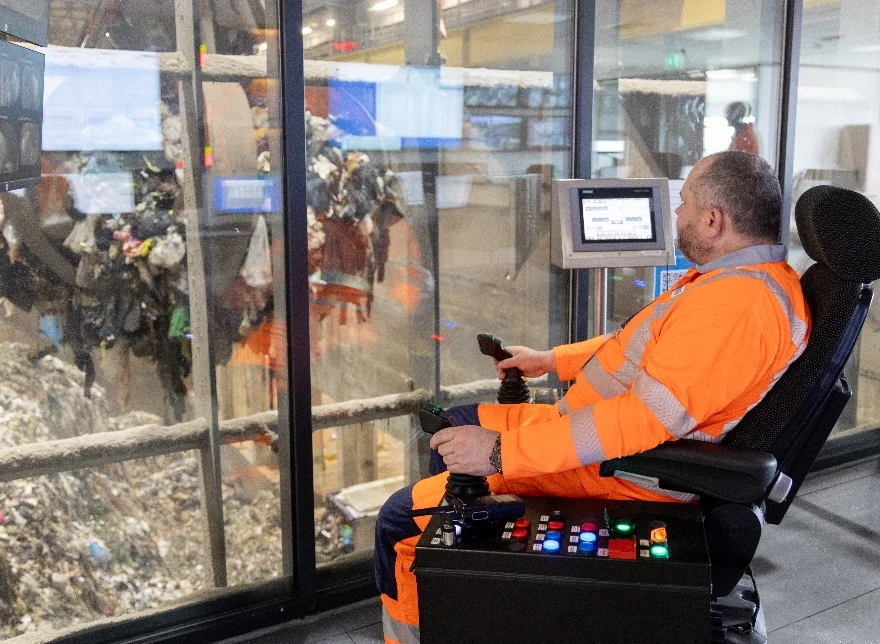
Essential infrastructure
Energy-from-Waste is a vital component of national waste management infrastructure, ensuring that non-recyclable waste is handled in a sustainable and environmentally responsible way.
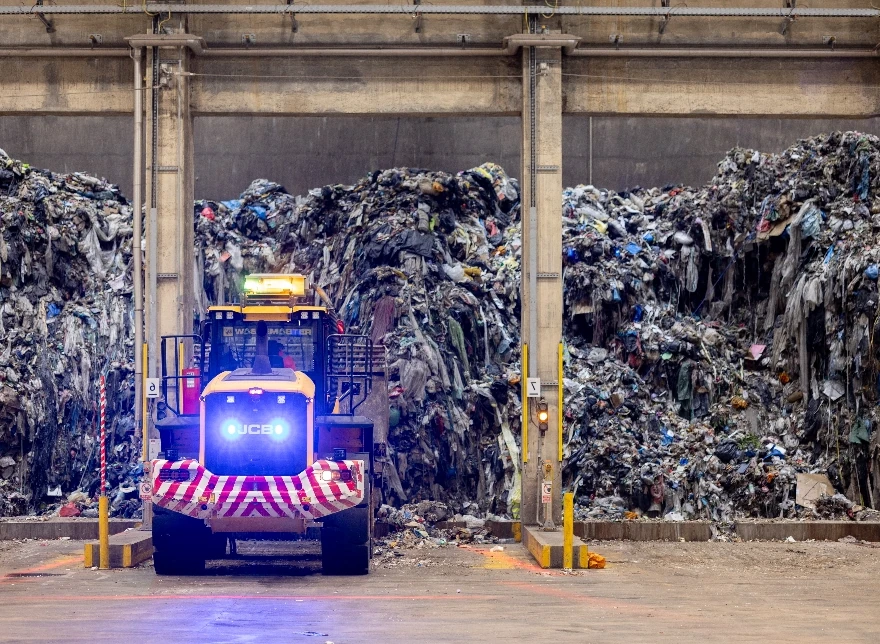
Waste diversion
This process prevents large quantities of waste from being sent to landfill or exported overseas, both of which have long-term environmental consequences. By diverting waste from landfill, Energy-from-Waste helps reduce methane emissions and the environmental impact of landfill.

Energy security
Energy-from-Waste produces homegrown electricity, contributing to national energy security. By generating baseload electricity, it reduces reliance on imported energy and supports the resilience of the energy grid.
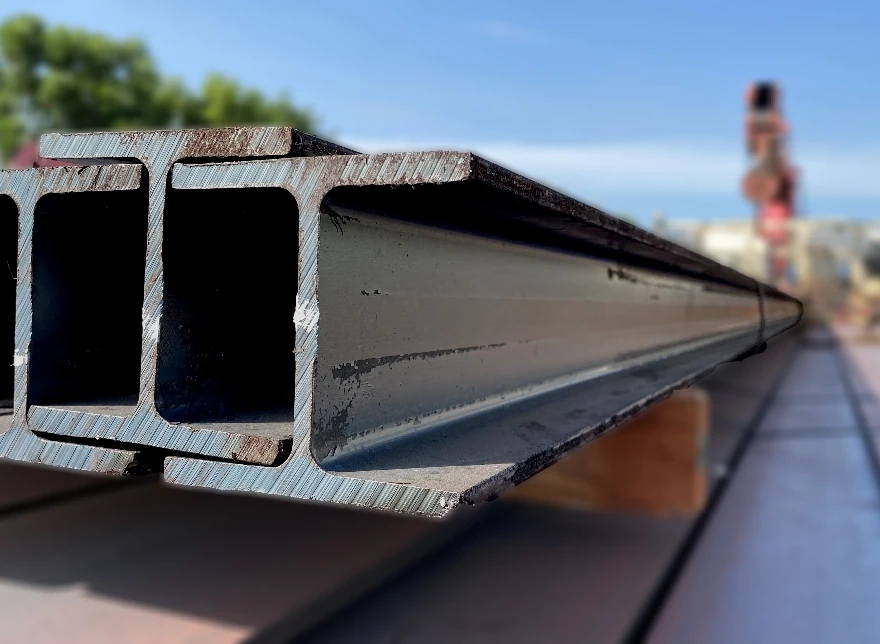
Resource recovery
One of the key benefits of waste-to-energy is its ability to recover valuable resources, including metals. This recovery supports the transition to a circular economy, where materials are reused and recycled, rather than disposed of.

Alternative to virgin minerals
The bottom ash produced from the combustion process is repurposed into secondary aggregates, which can be used in construction. This reduces the need for mining new, virgin minerals, offering a more sustainable approach to resource extraction.
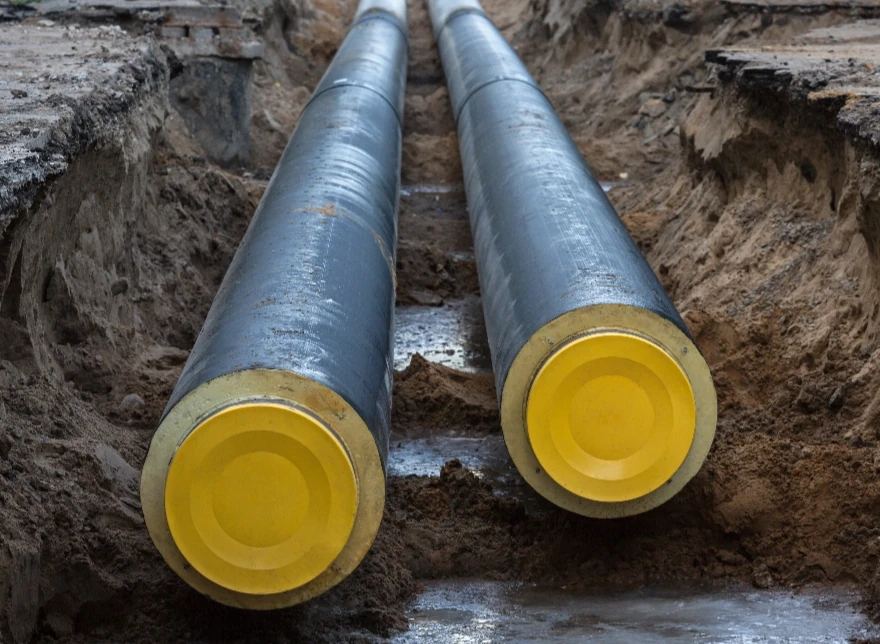
District heating
In addition to generating electricity, Energy-from-Waste can also provide heat for district heating networks. These networks use heat recovered from waste combustion to warm homes and businesses, reducing reliance on fossil fuels and contributing to the decarbonisation of heating systems.
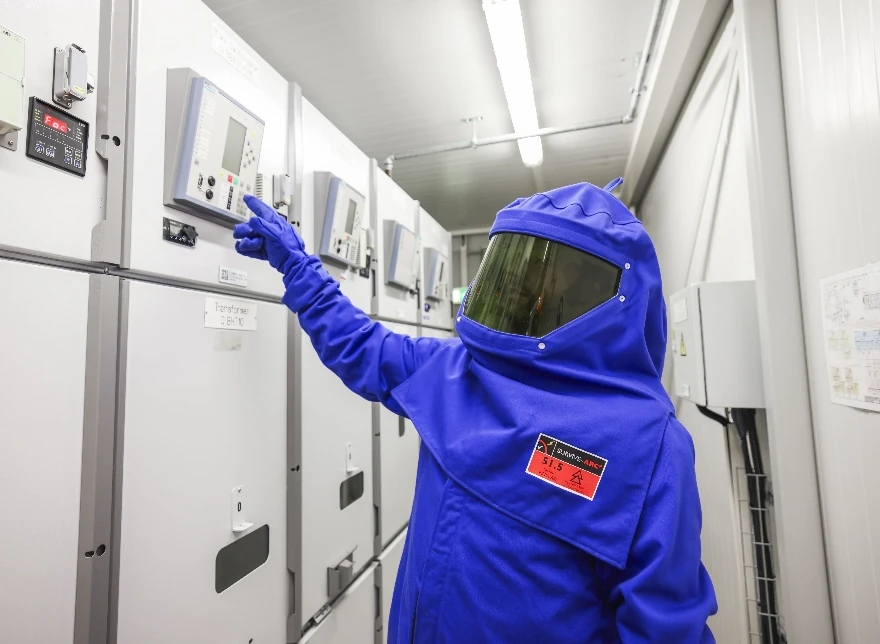
Economic benefits
Energy-from-Waste plants create skilled jobs in the construction, operation, and maintenance of facilities. As such, these plants not only provide an essential waste management service but also contribute to regional economic growth.
A sustainable alternative to landfill
Energy-from-Waste is an essential part of modern waste management, offering a sustainable alternative to landfill.
By converting waste into useful energy and valuable resources, this process supports the shift toward a circular economy and reduces environmental impacts.
As communities and governments continue to embrace sustainable solutions for waste management, Energy-from-Waste will remain a key player in ensuring a cleaner, more resource-efficient future.
Encyclis news
